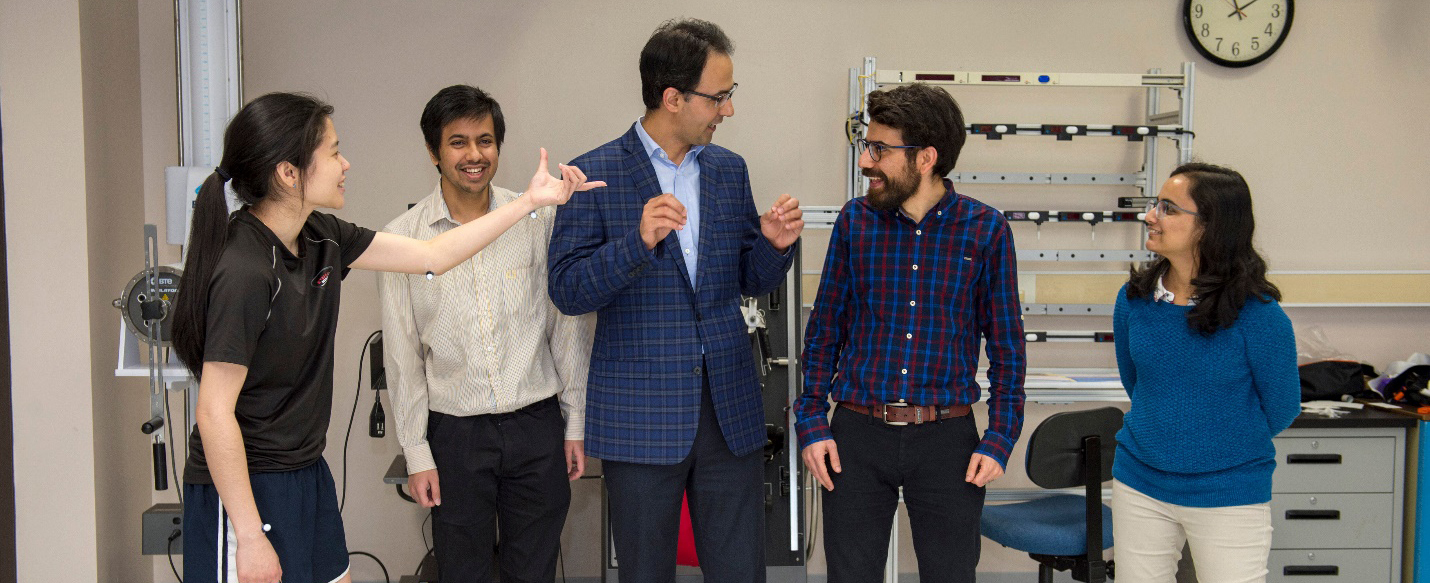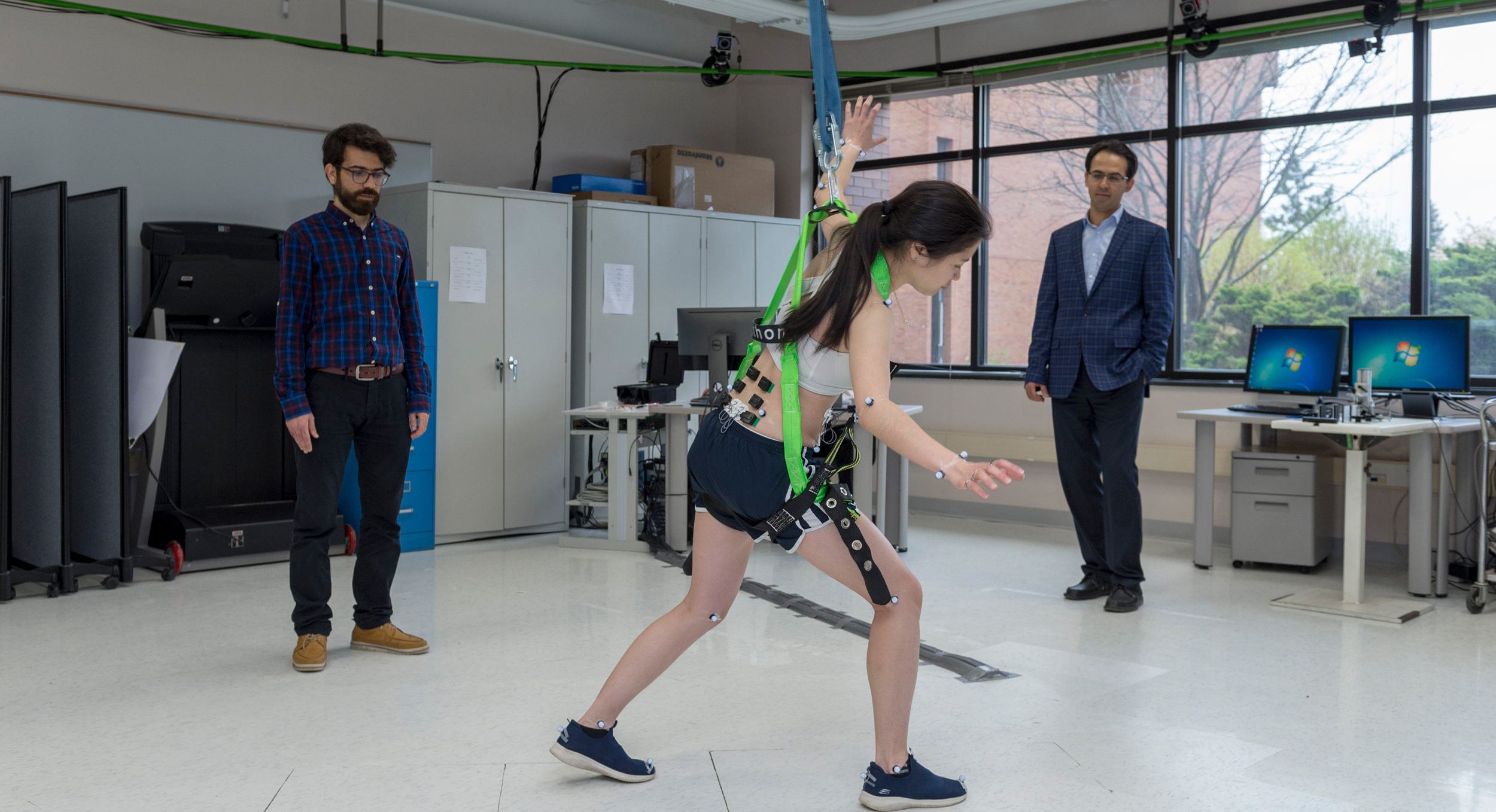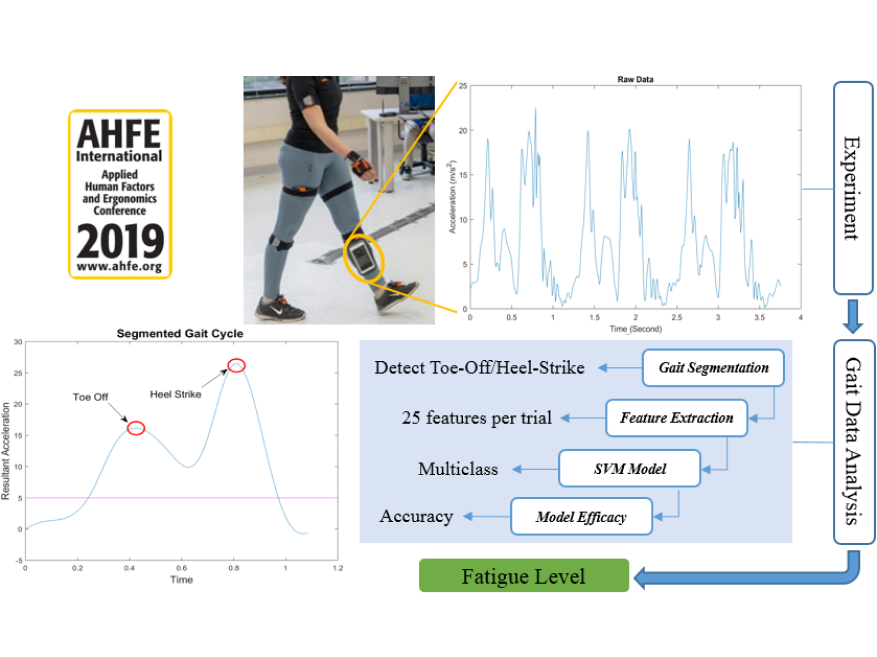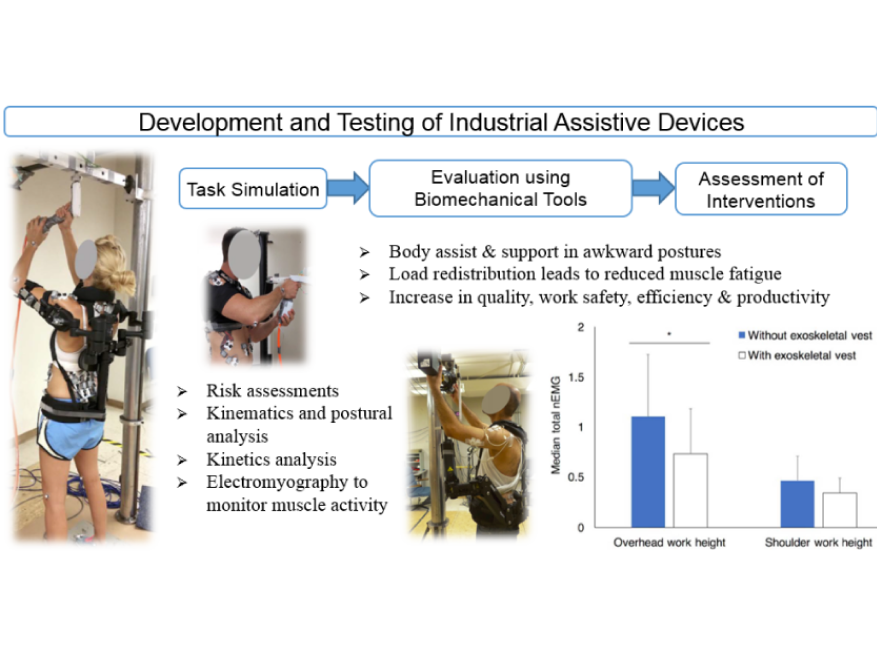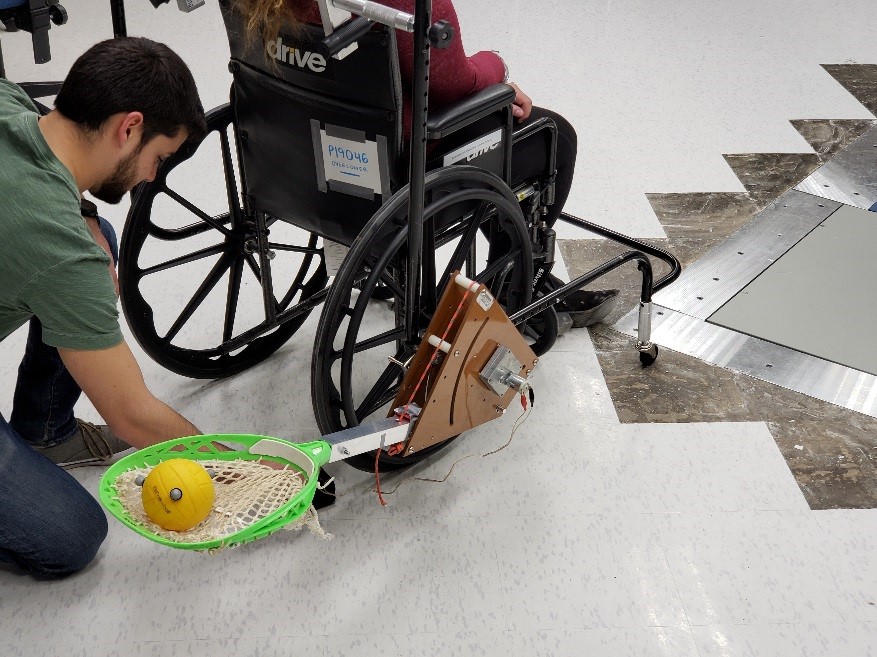Home Page

In BEL, we have two primary goals, 1) understanding the causes of injuries and work-related musculoskeletal disorders and 2) enhancing the workers/patients’ safety, productivity, and efficiency. We are conducting projects in human locomotion and risk of falls, theoretical/practical aspects of muscle fatigue, design and development of interventions (e.g., exoskeletons), and utilization of wearable motion assessment systems.
We also explore applications of these topics in medical and healthcare challenges, especially those related to stroke. We collaborate with companies and leaders in biomechanics, mathematical modeling, signal processing, and data analytics.
Research
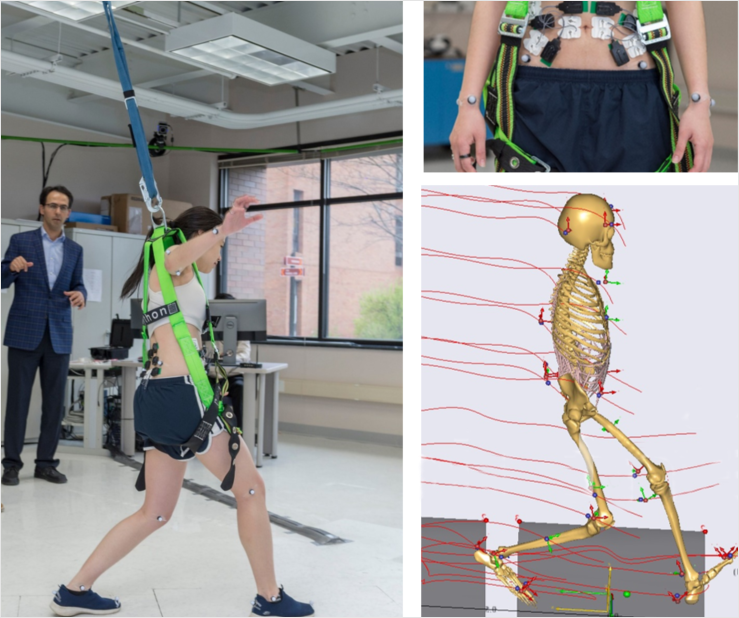
Human Locomotion and Risk of FallHuman Locomotion and Risk of Fall
Falls continue to be significant occupational safety issues and important causes of occupational injuries andfatalities. Various perturbations to human gait such as load carriage, muscle fatigue, and unexpected slips and trips can result in loss of balance and a subsequent fall. This area of research focuses on reducing the risk of fall by assessing the impact of these perturbations to the human gait, with the long-term goal of introducing proper interventions to mitigate the negative effects.

Design and Development of Interventions(e.g., Exoskeletons)
We are working towards building a new type of assistive device which will be using flexible soft materials that can transform into a rigid structure based on the wearer’s requirement of assistance. Current exoskeletons in the market offer limitations in terms of freedom of movement, bulky structure, and heavyweight and may also cause detrimental effects on the human body.

Performance Assessment Using Wearable Motion Capture Systems
Stroke is among the leading causes of death and disability. Among the stroke survivors, people who experienced fallwere seven times more prevalent than people without any history of falls However, there is not an objective fall risk assessment method to implement independently with no need to show up in clinics or help of a care provider. This unmet need is the main objective of this study.
Our People

Ehsan Rashedi
Assistant Professor
Department of Industrial and Systems Engineering
